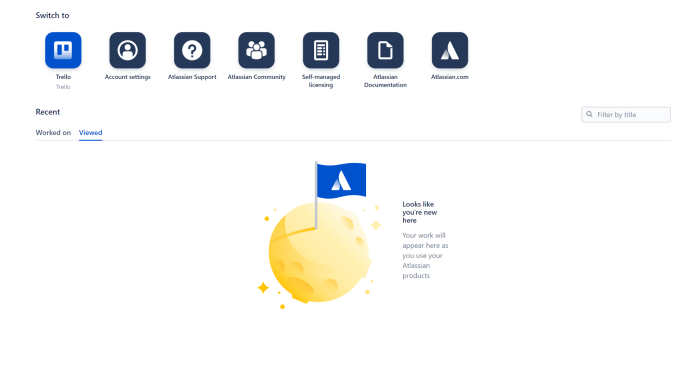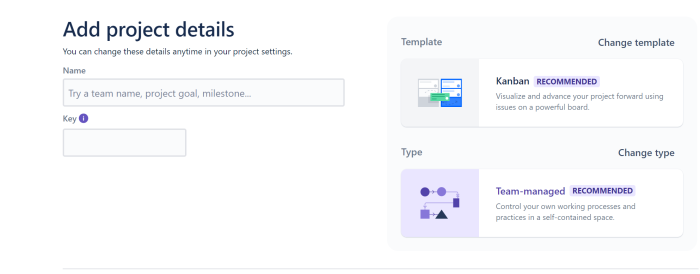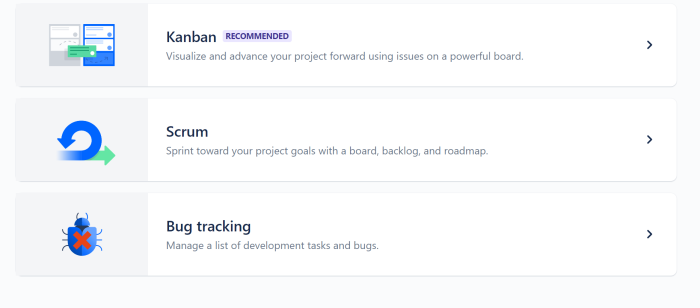
 Data Structure
Data Structure Networking
Networking RDBMS
RDBMS Operating System
Operating System Java
Java MS Excel
MS Excel iOS
iOS HTML
HTML CSS
CSS Android
Android Python
Python C Programming
C Programming C++
C++ C#
C# MongoDB
MongoDB MySQL
MySQL Javascript
Javascript PHP
PHP
- Selected Reading
- UPSC IAS Exams Notes
- Developer's Best Practices
- Questions and Answers
- Effective Resume Writing
- HR Interview Questions
- Computer Glossary
- Who is Who
Guide to Integrate Asana into Jira
Asana and Jira are the market's most popular project management tools. They're both very powerful, but they can be tricky to integrate. That's why we created this guide? to help you integrate Asana with Jira. This guide will walk you through integrating Asana with Jira, including setting up tasks, creating issues, and managing calendars. We'll also cover advanced features, like linking Asana tasks to Jira resources and attachments. So whether you're a beginner or an experienced project manager, this guide is for you. Let us help you integrate Asana with Jira!
What is Asana?
Asana is a popular Omnipresent task management application that helps users manage their workflows and prioritize tasks. Asana is available on desktop and mobile platforms, making it easy for users to access from any location. Additionally, Asana integrates with other applications, such as Jira, so users can easily manage tasks across multiple applications.
Asana was created in 2011 by Paraj Shah and Josh Becker, two former Google employees. The app quickly gained popularity among start?up employees and soon became one of the most used tools in the business. In addition to its use within businesses, Asana has also been adopted by athletes, coaches, and dedicated fitness enthusiasts who use the app to track their workouts.
If you're new to Asana or looking for a tool to help manage your workflows more effectively, check out our guide on integrating Asana into Jira.
What is Jira?
Jira is a project management and agile software development tool. It was created in 2006 and acquired by Atlassian in 2012. Jira is used globally by organizations of all sizes to manage projects from development to delivery. The platform offers powerful features for managing tasks, dependencies, issues, and versions. Jira also integrates with many other tools, including Asana. First, ensure that both applications are installed and configured properly to integrate Asana into your Jira workflow. Once you have everything set up, follow these steps?
Sign in to your Jira account and open the Projects tab.

Under the Projects tab, click on the Asana Integration button under the active project.

Select the enabled checkbox on the Asana Integration page next to your Asana account name.

Click the Create button to create a new issue in your Asana account. The new issue will be associated with the current project in Jira.
Enter basic information about the issue (title, description, etc.), and then click on the Save button.
Using Asana, you can manage your projects and tasks in a centralized location, making collaboration between team members easier. Additionally, Asana provides Pomodoro timers and task alerts, which can help you stay on top of your work schedule.
Benefits of Integrating Asana and Jira
Integrating Asana and Jira offers several benefits to both organizations. For Asana, integrating with Jira allows for better communication and tracking of project progress. This leads to more accurate and efficient decision?making and improved execution. Additionally, using Jira for task management helps eliminate redundancies and makes it easier to know when tasks have been completed. For Jira, integrating with Asana provides an easy way to manage projects and tasks across multiple teams. Additionally, using Asana's insights into user behavior can help identify issues early in the project lifecycle and make necessary changes. Integrating Asana and Jira offers a streamlined process that benefits both organizations.
Tips for Integrating Asana and Jira
1. Adding Asana to Jira
Adding Asana to Jira can help you manage projects more efficiently. To start, open up Jira and click on the "Project" menu item. Select the "Integrations" tab from here, and then click on the "+ Add Integration" button.
Next, enter the following information into the "Asana Integration" field ?
Asana Project Name ? This is the name of your Asana project
This is the name of your Asana project Asana Organization? If you have multiple organizations loaded into Jira, this is the name of your Asana organization.
This is the name of your Asana organization if you have multiple organizations loaded into Jira Asana Team ? This is the name of your team if you have multiple teams loaded into Jira.
Enter a unique Asana user id for each person added to this integration (or use an existing Asana user id) Note ? For current users to access data in their projects, they will need to sign in with their Asana user id. If you're not using an existing Asana user id, create a new one by going to Settings > User Profile > Assign IDs and filling out the form. For help creating an Asana user id, see our guide on Setting Up Your Asana Account.
For each project in Asana, enter the following information ?
Asana Project URL? The URL of your Asana project. This can be found on the home screen of your Asana account or in the project menu.
The URL of your Asana project. This can be found on the home screen of your Asana account or in the project menu. Asana Ticket Number ? The ticket number for this project is in Asana. This can be found on the "Tasks" tab of your Asana project or by using the Jira search box and entering "ticket #". The ticket number for this project is in Asana. This can be found on the "Tasks" tab of your Asana project or by using the Jira search box and entering "ticket #". Assignee ? The name of the person assigned to this task in Asana.
The name of the person assigned to this task in Asana. Due Date? The date when this task is due in Asana. If you have a custom due date set up in Asana, enter that here. Otherwise, Jira will use the default due date (as configured in Jira).

